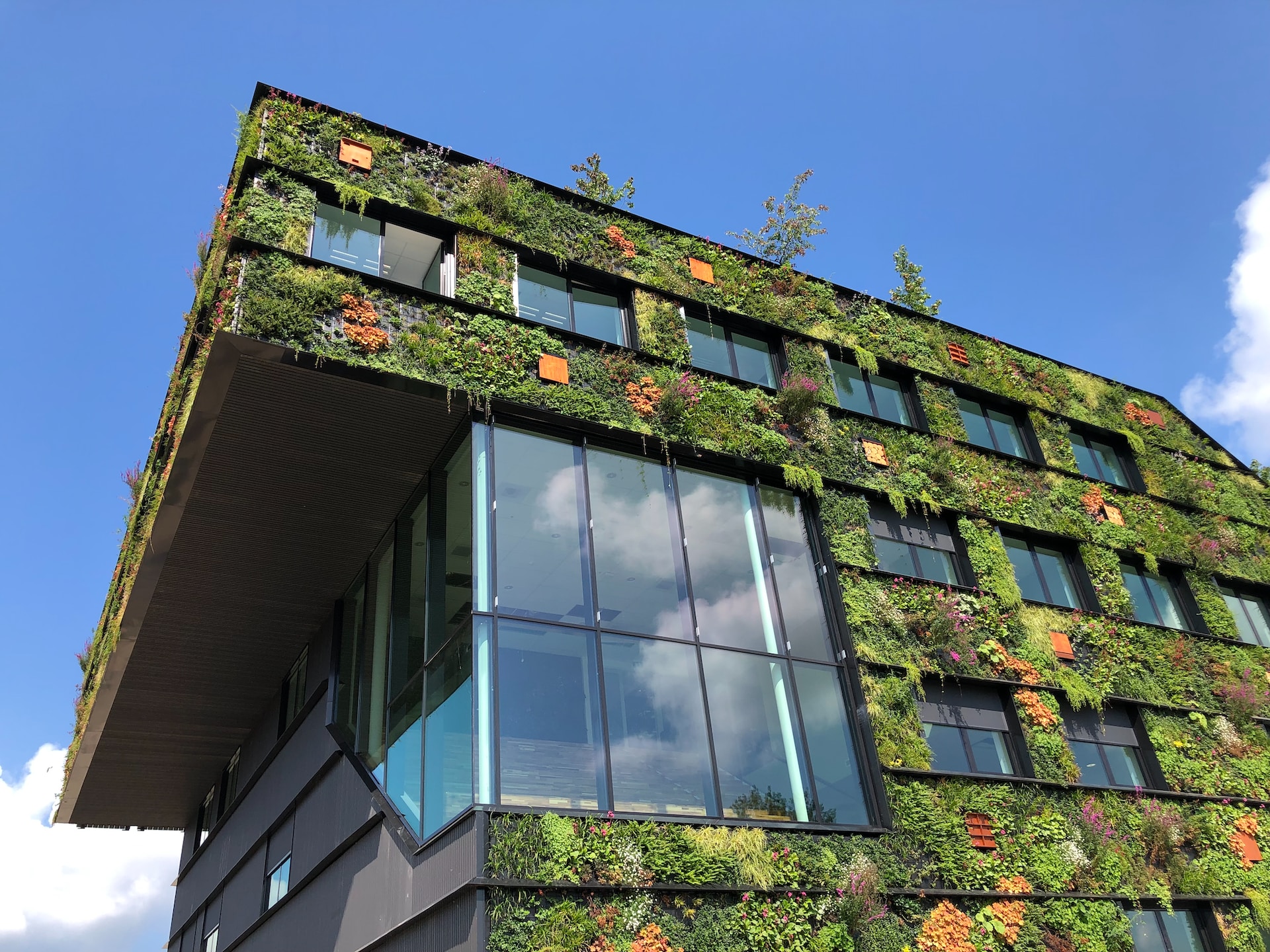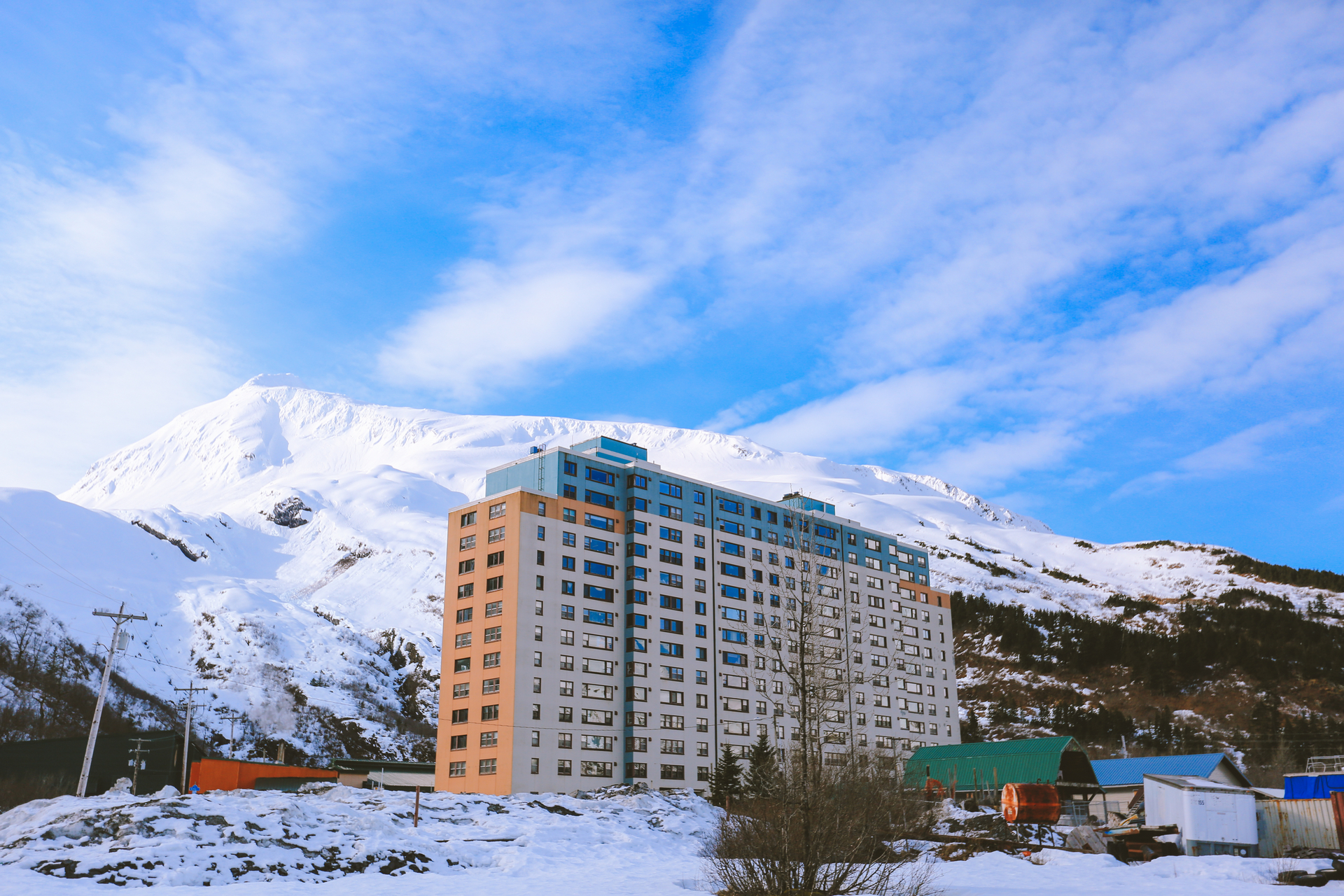Author | M. Martínez Euklidiadas
Could the sustainable construction of the future use the ecological construction of the past as a reference? If sustainable architecture is a prerequisite of smart cities, the use of traditional materials and techniques is also necessary. With new manufacturing techniques, we may see cities with the architectural beauty of the past but with the engineering of the 21st century.
A prefabricated future that is learning from the recent past.
Modular construction has been used as a flexible element to erect buildings in response to an overwhelming demand. It happened in Russia at the beginning of the century due to rural migration, in Europe after World War II, in the United States during the mid-century with urban growth, in China in the 2000s, also due to rural exodus, and it is now happening in Africa as informal settlements are becoming regulated urban landscapes.
Although its durability may be inferior to other construction techniques such as brick masonry (stacked blocks), modular housing is fast and affordable, available in high rise format, it can use an industrialized manufacturing system and local materials. That is why many cities are considering the construction of modular buildings to take advantage of these features.
The return to traditional construction techniques
There is no natural law that prohibits high buildings with timber frames and walls made with compressed straw bales. Not even the fire hazard, which can in fact be less problematic with these materials than with others that are more rigid and subject to thermal expansion.
In Verden, Germany, the North German Center for Sustainable Construction (NZNB) was constructed under the principles of European bioconstruction, in fact it used more than 3,000 compressed straw bales (bahareque) to build the walls. It is perfectly safe and quite sustainable.
Hong Kong uses bamboo scaffolding. Some Nordic countries are changing their rooftops to plant grass as they did in the past. Adobe and mud is making a return instead of using bricks. In Colombia there are even bamboo bridges.
¿Why are these techniques making a comeback? Because with today’s knowledge they can be put to good use thanks to their low environmental impact, low energy consumption and high durability.
3D buildings… beyond the Martian hype
A printed home using 3D printing processes is nothing new, and work in this field has been ongoing for decades, with marked milestones such as Amsterdam’s 3D-printed steel bridge designed by the company MX3D or the Project to create 3D printed domes on Mars currently being assessed by NASA.
But beyond these milestones, many challenges lie ahead for "additive construction" as it has also been called. It is still relatively expensive, it has low-quality finishes, it is hard to standardize, it does not work with carpentry or conduits, it does not facilitate repairs and it requires a framework that is seldom possible. And it does not allow medium-height homes, which annuls any environmental benefits.
What has been achieved to date with 3D printed homes? In controlled environments, there are already prototypes of two-story 3D-printed walls. Classified as "technological displays", they are still a long way away from being a mass construction method. But they are going in the right direction.
Copying from all branches of knowledge at the same time

Engineering teaches us how to work materials. Biology helps us select them. Sociology allows enables a community-centered approach to space. Architecture establishes the work context. Ecology helps us to integrate human communities and the environment. The list could go on through the dozens of disciplines, each of them relevant for construction.
Buildings are already being designed with windows, awnings or roofs made with solar and photovoltaic panels. We also have designs of walls built with discarded materials before they become waste. There are offices full of green walls that use light to lower consumption. We have all types of designs that foster energy efficiency by default.
A key aspect of ecological construction will be to copy from all the sources of knowledge available at the same time, so that sustainable, pleasant, long-lasting, and comfortable buildings can be designed and built and in which quality of life is high.
The 20th century was characterized by structural rigidity, gray colors and construction standardization, while the 21st century seems to be aimed at organic urbanism in which buildings blend into the past, the future or the urban metabolism itself.
Images | Jw., Uneebo Office Design






















































